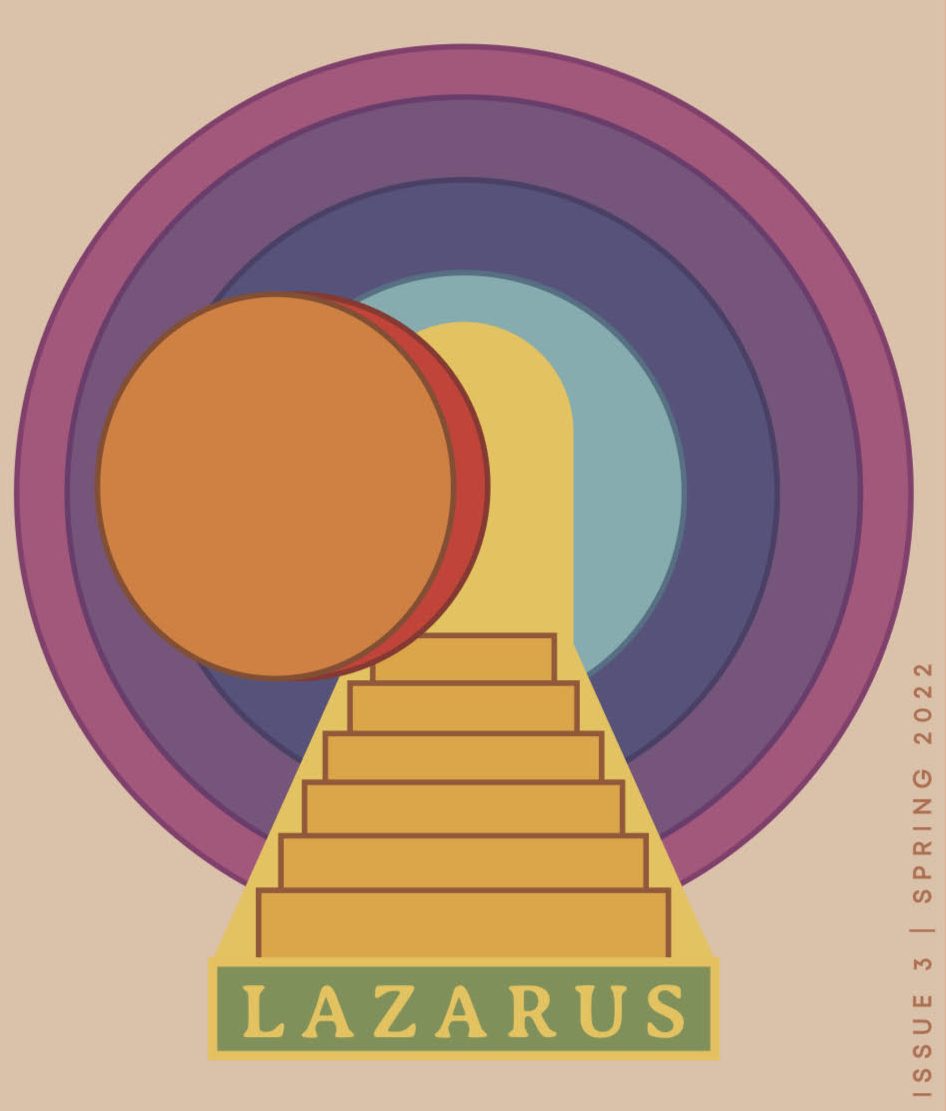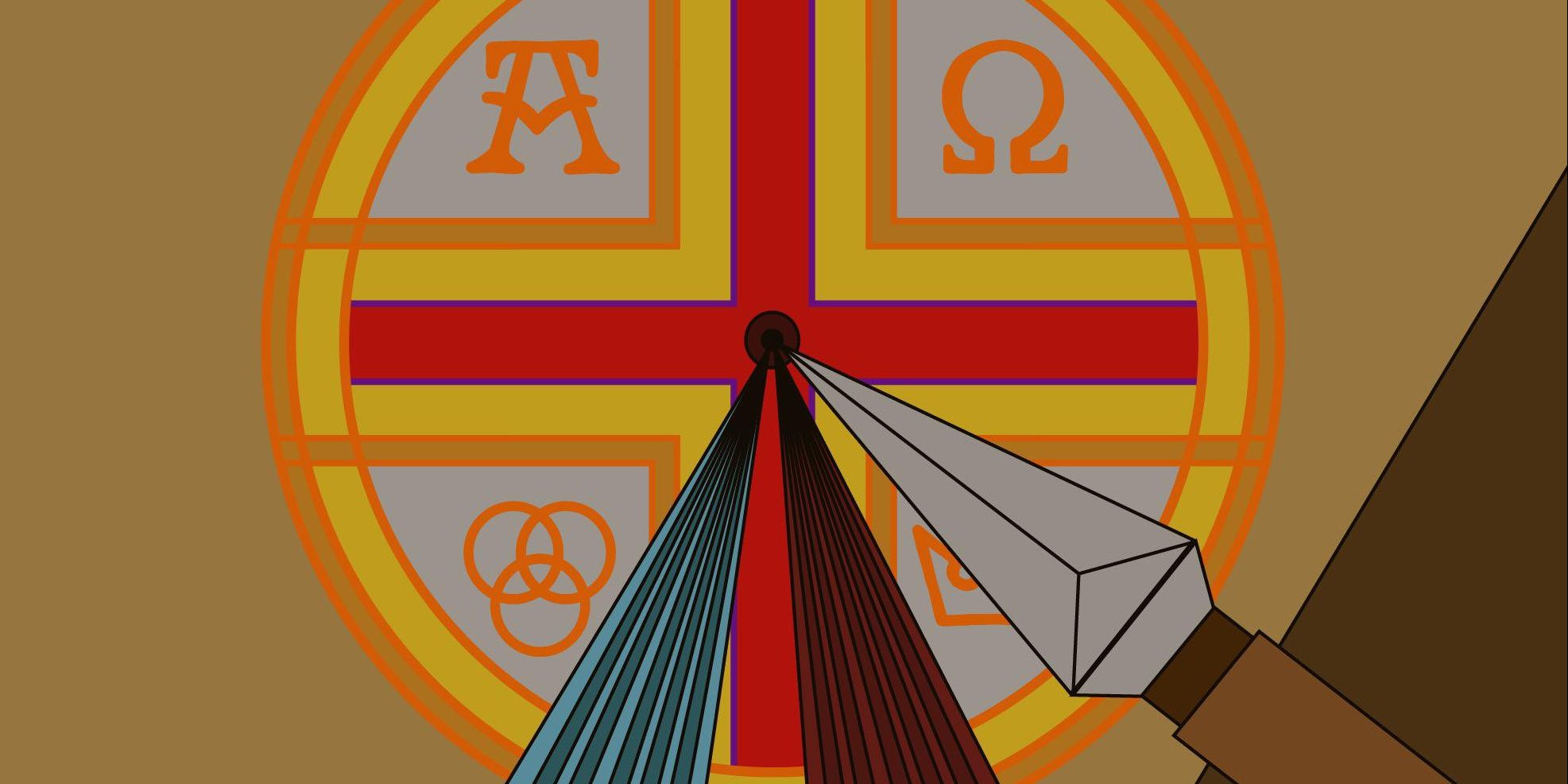by Stiven Peter
“Mary did you know that your baby boy would one day walk on water?” or that he “would save our sons and daughters?” Or better yet, “this child that you’ve delivered, will soon deliver you?”
Even beyond that iconic but corny song, the story of the virgin birth remains a significant story in America’s popular imagination. Mary, a virgin, is visited by the angel Gabriel, who says, “Do not be afraid, Mary, for you have found favor with God… behold, you will conceive in your womb and bear a son, and you shall call his name Jesus… and of his kingdom there will be no end.” (Luke 1:30-33). Perplexed, Mary questions the angel’s promises. Gabriel says in response, “The Holy Spirit will come upon you, and the power of the Most High will overshadow you…For nothing will be impossible with God.” (Luke 1:35-37). Overcoming her doubt, she responds, “Behold, I am the servant of the Lord; let it be to me according to your word.” (Luke 1:38).
Even in our modern, pluralistic society, the story of the virgin birth bears a powerful influence (The tale informs the notion of grace as it is lived by people each day, knowingly or not.)
Many social psychologists, specifically those influenced by Carl Jung, have affirmed the story’s influence and importance. For them, the figure of Mary, along with the rest of the stories in the Bible, reveal fundamental archetypes which are common to all cultures. Deriving from humanity’s collective unconscious, these archetypes provide the basic structure, the operating system, that humans use to relate to the world and to others. Therefore, understanding, following, and maintaining these archetypes helps individuals to develop mature character and communities to coalesce around a shared understanding of life.
Jung distinguishes these shared memories from each individual’s personal unconscious, which consists of memories and feelings acquired personally, including everything forgotten, repressed, subliminally perceived, thought and felt. The collective unconscious represents the understandings each individual possesses that do not originate from his own personal experiences but rather have their origin in the inherited structure of the brain and are reinforced through social structure, tradition and storytelling. For Jung, “these are the mythological associations, the motifs and images that can spring up anew anytime anywhere independently of historical tradition or migration.”1 The contents of these myths are cosmogonic stories, tales of heroism, initiation rituals—standard images that, while differing in detail across cultures, are structurally the same.
Because these myths arise most fundamentally from the structure of our brain, all Homo-sapiens share them.2 Therefore, Jung says, “the mind cannot be a tabula rasa…naturally the concrete contents are lacking, but the potential contents are given a priori [prior to experience] by the inherited and performed functional dispositions. This is simply the product of the brain’s functioning throughout the whole ancestral line, a deposit of experiences and attempts
at adaption…the newborn brain is an immensely old instrument fitted out for specific purposes”3 These inherited archetypes, which govern our psychic life, our understanding of who we are in the world, are therefore part of the collective unconscious of humanity: every human born, regardless of space or location has these archetypes, these structures to rely on for guidance. As archetypes manifest in cultural symbols, stories, and rituals, they act like a magnetic field directing unconscious, instinctual behavior and ordering our lives to accord with symbolic images. The Virgin Mary belongs to a broader archetype of the Great Mother. The Great Mother encapsulates the category of the unknown of unexplored territory. Jordan Peterson elaborates, also adding the categories: “the unconscious, the sensual, the foreigner, the place of return and rest, the maw of the earth, the belly of the beast, the dragon, the evil stepmother, the deep, the fecund, the pregnant, the valley, the cleft, the cave, hell, death and the grave, the moon. ”4These categories connote different aspects for the maternal. For example, the grave and hell refer to the destructive aspect of the maternal-pain and loss. In all of these aspects is the central idea that, “the vessel lies at the core of the elementary character of the Feminine.”5
Thus, the Virgin Mary exemplifies the archetype of the Great Mother. Just as the Great Mother contains the world, the Virgin Mother contains the Creator of the world. Moreover, Mary, the Great Mother, along with the Great Father, gives birth to the Son, who ventures forth into the unknown. Mary, as a mother, gives up her child to the world, watching his crucifixion at the hands of the world. Christ, as the Divine Son, however, rises from the dead, inaugurating a new reality. So Mary displays the, “spiritual aspect of the feminine transformative character, which leads through suffering and death, sacrifice and annihilation, to renewal, rebirth, and immortality.”6
It is in this way that the story of Mary functions as a model of femininity in our culture. For example, mothers who live according to the archetype of Mary, instead of sheltering their children, give up their children, the fruit of their creative potential to the world. A psychological reading of the virgin story speaks to our modern age by demonstrating the essence of femininity and motherhood, which is a truth that endures regardless of time or space because it originates in the neurological structures of the same mind all humans share. From a Jungian perspective, Christianity is true precisely because it reveals and embodies these patterns of behavior, which are necessary for psychological health and social stability. Christian faith, in this view, means faith in the ability of Christianity’s archetypal stories to model living life authentically.
However, the Christian faith promises an authentic life, but it is not found by attaining some type of knowledge by studying archetypes. No, the Christian faith examines the common stories and myths of the world, seeing in them a common desire to make sense of the world, and points to the personal God who promises authentic life by being in relationship with him. Hence, Christianity challenges Jung’s impersonal conception of faith with a personal one, originating out of love. Bernard Lonergan, a 20th century Canadian Jesuit priest and philosopher, states simply that, “faith is the knowledge born of religious love… a knowledge reached through the discernment of value and the judgements of value of a person in love.”7 This love for God first finds its origin in God’s prior love for us: “Religion is the prior word God speaks to us by flooding our hearts with his love.”8 God surrenders Himself for us, allying Himself for our cause. Christians respond to God’s love by surrendering and donating ourselves to God. In so doing, we expand our horizon, broaden our field of vision, and grow the scope of our knowledge and fields of interest, which lead to further knowledge of and attachment to the world. Given a fresh start, having faith in God converts us from a state of lovelessness to a state of being loved and being-in-love, reconstituting the nature of my consciousness and experience. Just as a person we love takes a place in our unconscious God remains present with those who love him, reevaluating our experiences, insights, values, and judgements.
Hence, this religious conversion forms the basis of moral and intellectual conversion. First, morally, receiving and surrendering to God’s love converts us from acting based on personal satisfaction to acting according to transcendent values. Faith places our actions in the context of God’s love and sovereignty, revealing their ultimate significance and giving confidence to new ones. “The power of God’s love brings forth a new energy and efficacy in all goodness,” allowing us to overcome psychological, social, and economic pressures—the mechanisms that breed abuse, hatred, violence, and social decay—with unwavering hope and self-sacrificing charity.9
The Jungian model directs behavior through identification with an impersonal archetype, expecting people to live new out the power of his own will. The Christian, instead, believes that real, significant change comes from the new relationship God establishes. I am changed not just by new knowledge I gained, but by a real relationship that empowers and guides my actions. The Christian attains wholeness by responding to the personal love of God in faith, overcoming evil through self-surrender.
This surrender applies intellectually as well. Faith leads us to intellectual conversion, reframing our understanding of knowledge. For example, I cannot say I know a person, especially one who I’m in love with, by simply observing them or stalking their social media. True knowledge is gained through continual reflecting on experience, understanding, valuing, and judgements with the person. In the same manner, faith that informs intellect tells us that, “the reality known is not just looked it; it is given in experience, organized and extrapolated by understanding, posited by judgement and belief.”10 Knowledge is not tied toward the end of exerting control in an attempt to attain a type of certainty but instead is the experience of reflecting and enjoying the world given before us by God. Hence, intellectual conversion allows us to pursue knowledge for its own sake since who we are is no longer how much we know. Lastly, this conversion places the converted in a state of humility, requiring an admission of inadequacy in understanding the deep truths of the world. Hence, intellectual conversion invites curiosity and reflection, leading us toward intellectual integrity.
On this note, we return to the story of Mary, who experiences all three of these conversions. Met by the Angel, Mary receives God’s love, chooses to live according to God’s love, and accepts the new reality—namely that she will carry the savior of the world as a virgin. In this sense, Mary is an archetype, but not in the Jungian sense. I do not follow Mary’s example because she enacts a primordial ritual or reveals some profound psychological truth. Rather, I follow Mary’s example because she shows what it looks like to fall in love with God, the same God who loves me today. The story of Mary tells us of the God who took on flesh to love us, and ultimately died for us in order to fulfill that goal. Where Jung or Neumann see an archetype, one myth among others, Lonergan, and Christians in general, hear the words of a living God who speaks, renews, and loves. The goal of Jungian archetypes-to find a way to relate and exist fully in the world and with other people-finds its true fulfillment in the call to have a personal relationship with God. And it is in through responding to that love in surrender that we are made whole.
G.K. Chesterton aptly says: “Truth must necessarily be stranger than fiction; for fiction is the creation of the human mind and therefore congenial to it.” All forms of fiction, story, and narrative, regardless of their quality or originality exist within the confines of human imagination and reason. Truth, however, does not have its origin in the human imagination and thus does not share in its limitations.
No doubt a Jungian interpretation has insights and innovations. The theory of the collective unconscious tries to rightly make sense of the common stories across numerous cultures. Whereas a Jungian interpretation posits this commonality to a natural effect of the common human psyche, Christianity asks us to go deeper and see behind these common stories a yearning for fulfillment, conversion, and love. The story of the virgin birth may be a type of the Great Mother archetype, but it fulfills the desire of being truly feminine by telling the story of a woman whose femininity was constituted by her conversion to a personal relationship with God. What archetypes promise us, only faith in God can fulfill. The Christian vision of faith breaks down our horizons and confronts us with the radical truth of God’s love. Met by His love and care, a love that brings hope for a renewed life and world, he tells us: “Do not be afraid….for you have found favor with God….For nothing will be impossible with God.”
1 Psychological Types, CW 6:485
2 Jordan B. Peterson, Maps of Meaning, New York, Routledge, 1999, p. 92.
3 Psychological Types, CW 6:445
4 Maps of Meaning p. 103
5 The Great Mother p. 282
6 The Great Mother p. 291
7 Method in Theology p. 115
8 Method in Theology p. 112
9 Method in Theology p. 116-118
10 Method in Theology p.238



0 Comments